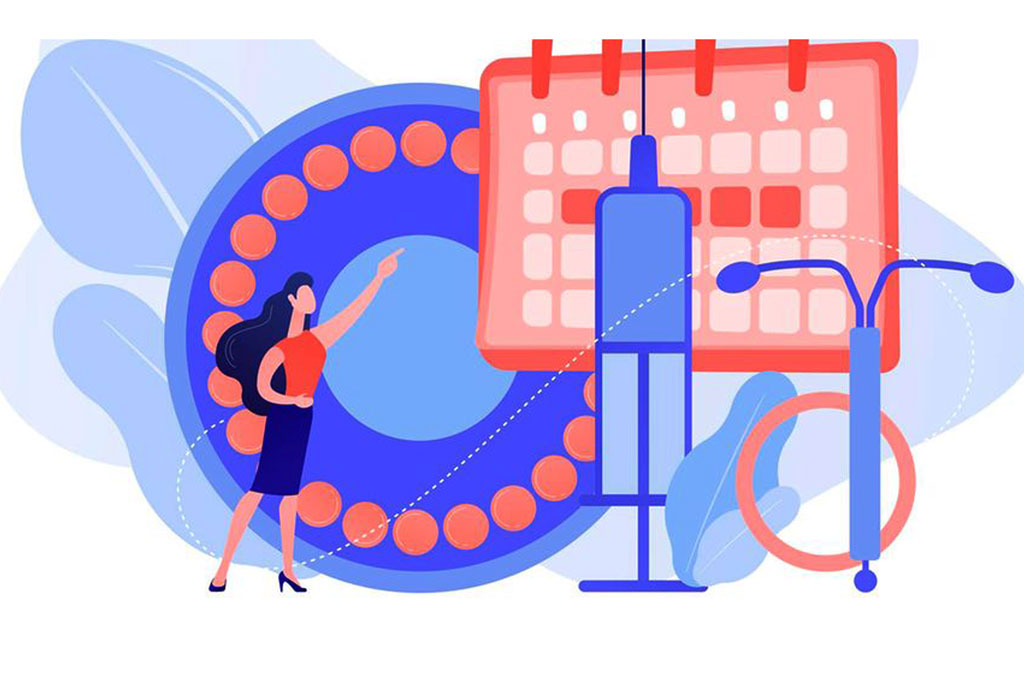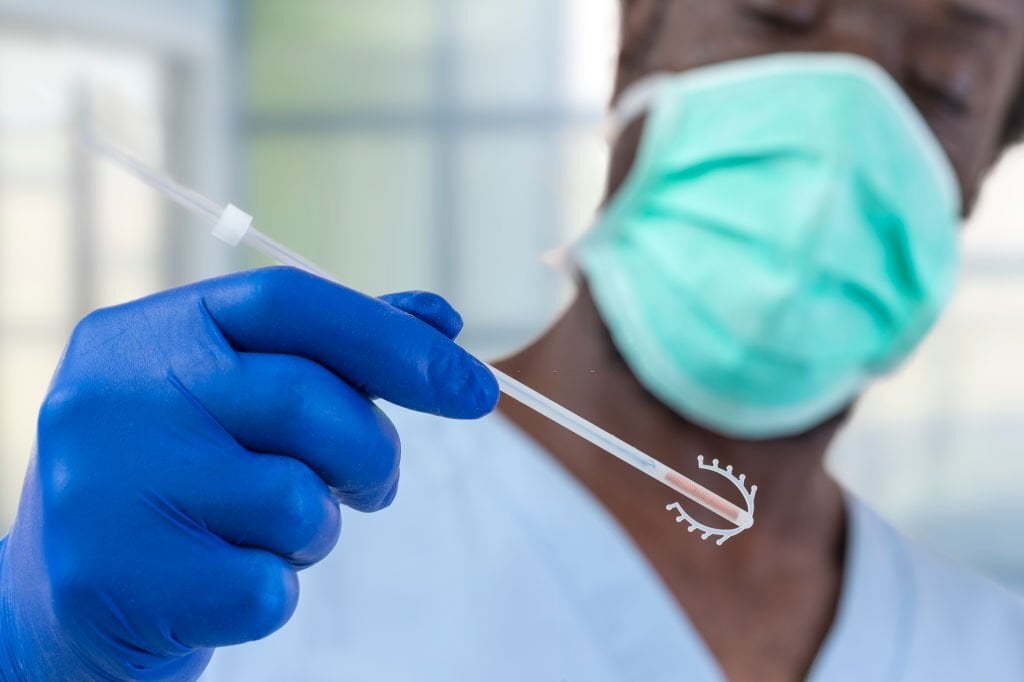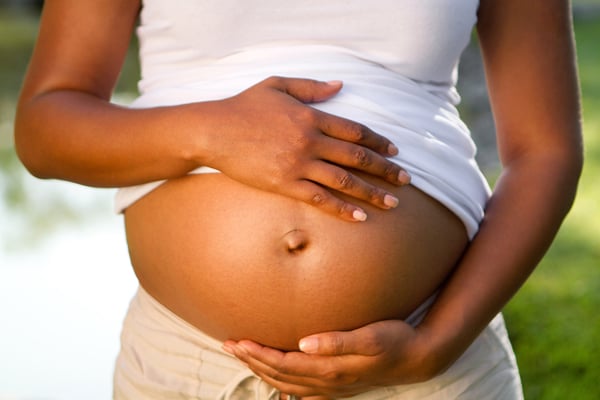
One in 20,000 users will end up with these clots, hence the importance of adequate counselling and information on the danger signs to look out forPHOTO/COURTESY
|Healthy Living
Prime
Combined contraceptives: They help, but can also kill
What you need to know:
- Like any other medication, contraceptive pills come with side effects, some bad enough to endanger life.
Cora, a 17-year-old high school student, was brought to the clinic by her mother. She was in her final year of high school, studying hard for her final examinations. However, the disruption that was her periods was causing her grief.
Cora had started her periods at the age of 12. They had remained irregular and had steadily become nefariously painful over the years. Cora had missed several days of school when the periods deigned it appropriate to pay her a visit, spending her day at the emergency department receiving treatment for pain and heavy bleeding.
Cora had exams to focus on. She did not have time to be sick, neither did she have time to worry about soiling her clothes during two-hour exams. She was tired of wearing adult diapers to survive a double lesson in school and sick of taking haematinics.
Diagnosis
On further probing, physical examination and some tests, Cora ended up with a possible diagnosis of polycystic ovarian syndrome and as part of her treatment, she was to be put on hormone modulation. Initially, Cora was put on progesterone tablets, taken during part of her cycle, to make it regular, less painful and less heavy. This had to be abandoned due to intolerable side effects.
The alternative was to put Cora on the combined contraceptive pills to help manage her periods. It worked like a charm and Cora finally found peace. Her periods came every 28th day and lasted only five days. She was ecstatic.
With the stress of exams behind her, and the lockdowns occasioned by the Covid-19 pandemic, Cora gained a lot of weight instead of losing as we had planned. One Sunday afternoon, she called complaining of unexplained chest discomfort. She did not have any symptoms pointing to a respiratory infection.
A quick referral to the emergency department and a bunch of tests later, Cora was diagnosed with pulmonary thromboembolism (clots in her lungs). She was admitted to the high dependency unit and put on medication. Early diagnosis and quick response saved the day.
Yvette* walked an almost similar path. At 28 years, she had a miscarriage at the seventh week of gestation and it hit her harder than she had anticipated. As a result, we agreed to withhold pregnancy for a while until she had sufficiently dealt with her grief. We went through various contraceptive options and evaluated her risk profile.
Yvette was happy with the combined contraceptive pills because they took away her period pain. She handled them well for a whole year. This was until she was felled by Covid-19. She survived the infection relatively well, being managed at home without issue.
On the ninth day, she woke up in the middle of the night with chest tightness and difficulty breathing. She called me in a panic. We assumed it was complications of Covid-19 and she called for an ambulance. By the wee hours of the morning, she was admitted in the Covid-19 isolation unit, with a diagnosis of pulmonary thromboembolism in Covid-19.
Though I was not her primary doctor, I reached out to her cardiologist and informed him of the fact that Yvette was also on the pills. We immediately discontinued the pills and prioritised the life-threatening condition she was dealing with.
Checks key
For one to be eligible for combined contraceptive pills, it is important to assess the person’s associated risks for clot formation.
This includes a previous history of blood clots, a high body mass index, a family history of blood clots in first degree relatives (as this may point to a genetic condition with defects in the blood clotting function), a sedentary lifestyle with minimal activity, aged above 40 and smoking. Covid-19 proved to be another risk factor for clots too.
Presence of any of these factors confers an independent risk and one should not knowingly add to this risk quotient by introducing the pills. It is the reason why we insist that women opting to use the pills are first seen by a healthcare provider for an evaluation before they start.
Despite the best screening, low risk patients such as Cora and Yvette may develop new risk factors that they may not be alert to, swinging the pendulum in the wrong direction. One in 20,000 users will end up with these clots, hence the importance of adequate counselling and information on the danger signs to look out for to enable timely diagnosis.
For over 60 years, the pill has revolutionised reproductive health in women. We applaud it even as we accord it the necessary caution.
Clots
The combined contraceptive pill has been used for decades by women of reproductive age to prevent pregnancy.
In addition, it has also been used as treatment for hormone regulation, treatment of heavy and painful periods, and for suspending periods in special instances such as patients with bleeding disorders.
So, how could one tiny pill, which sorts out so many problems, cause life-threatening complications like this? Like any other medication, the contraceptive pills come with their own side effects, some bad enough to endanger life.
For blood to clot within an intact blood vessel, there has to be interference with the clotting system. Either the blood flow is remarkably slowed down, the blood’s ability to clot is abnormally enhanced or there is damage to the inner lining of the blood vessels.
Many conditions predispose one to any of the three conditions, thereby increasing the risk of clot formation. Once these clots find their way to the heart, they are pumped out to the lungs, interfering with the lung function.




